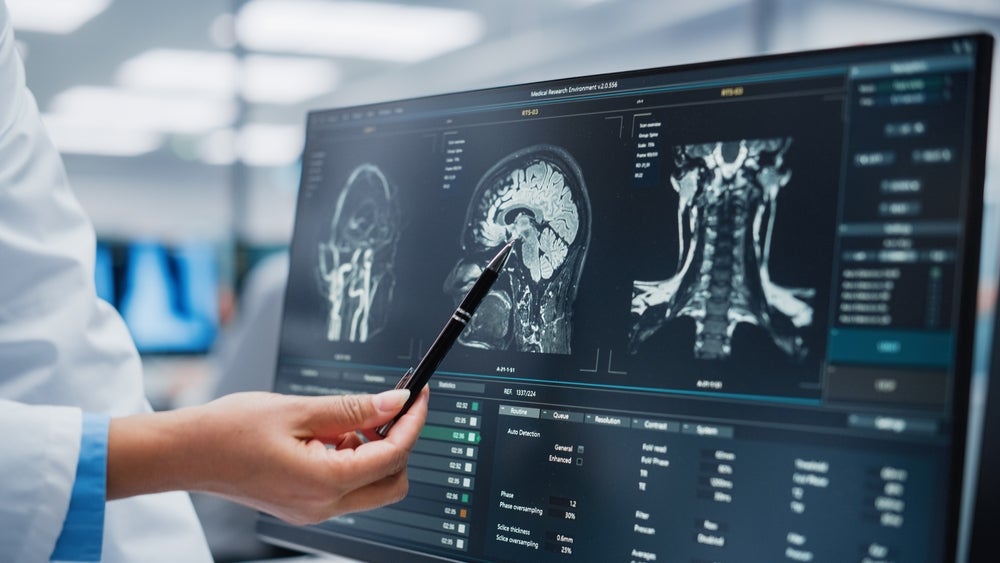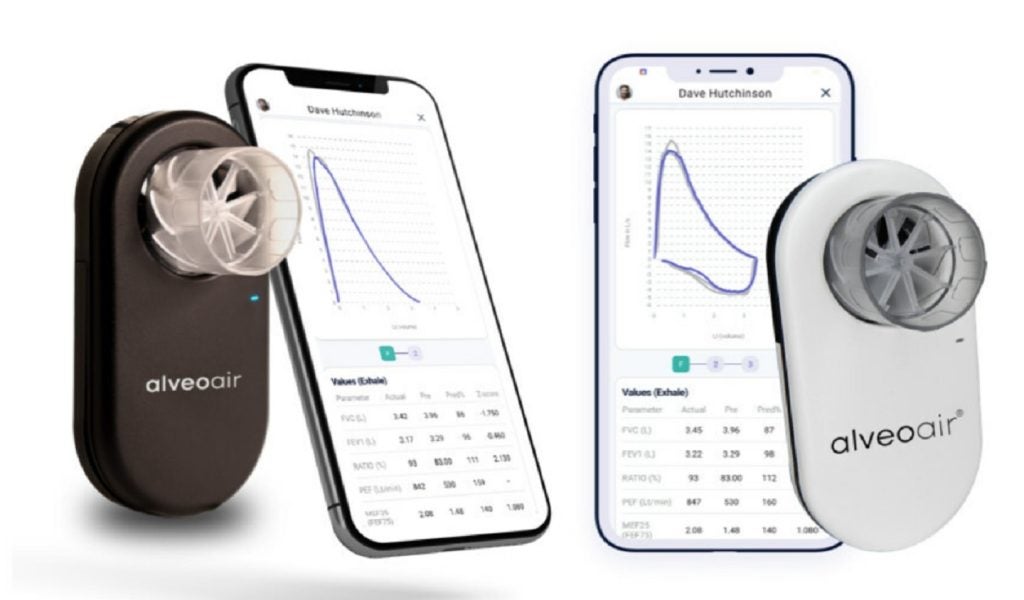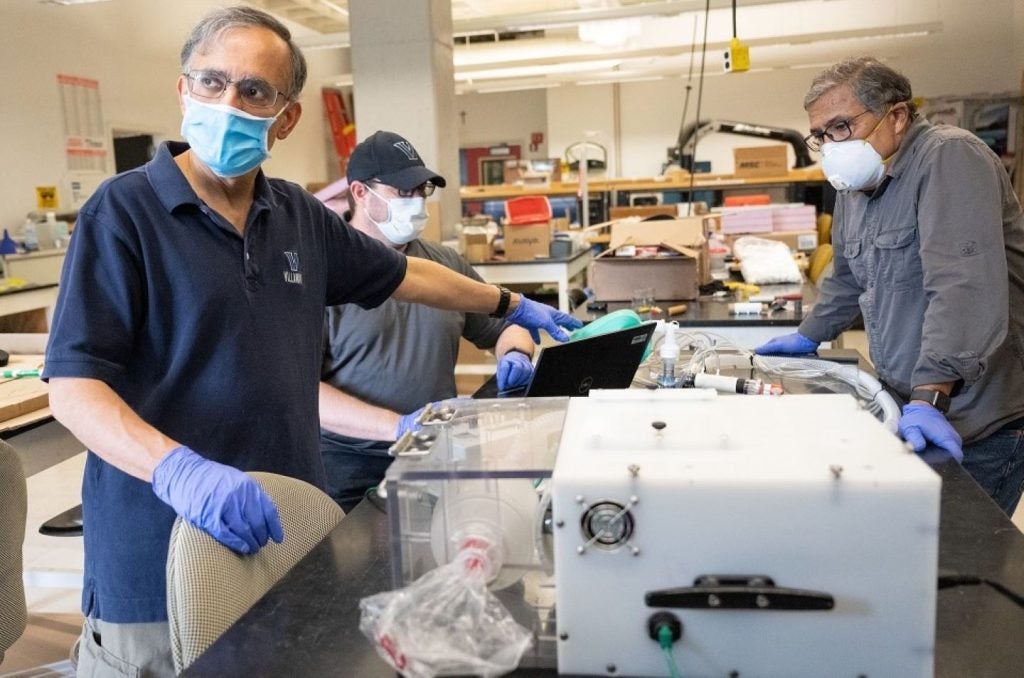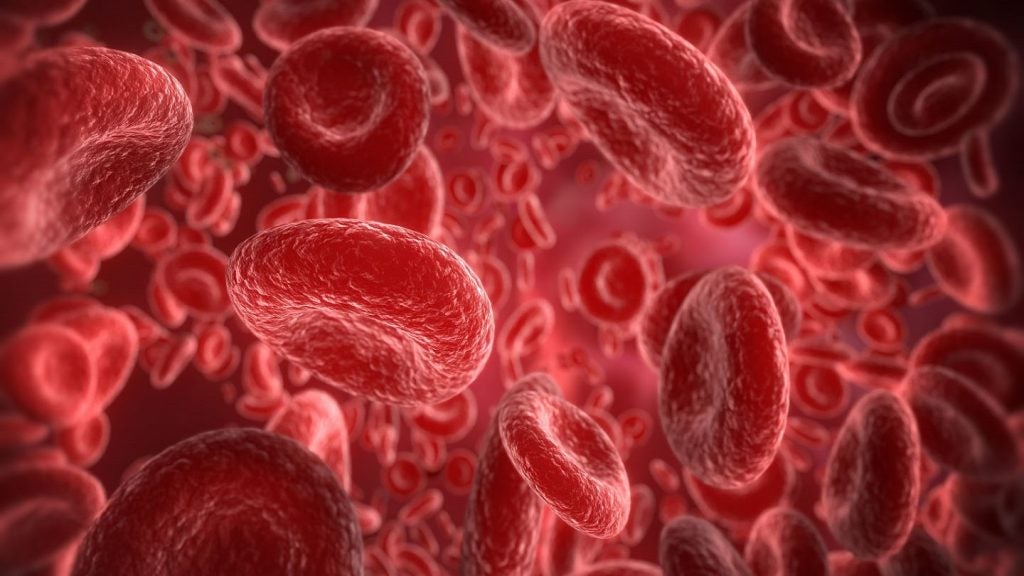Microsoft and healthcare technology provider Paige have started a relationship to fight cancer by building the world’s biggest image based artificial intelligence (AI) model for digital pathology and oncology.
Paige, who was the first company to receive FDA approval for a clinical AI application in digital pathology, will work with Microsoft to create a new AI model that will be the largest image-based AI model to date. The aim of the AI model is to capture the small details of cancer which can be used in the next generation of medical applications and computational biomarkers.
Desney Tan, Vice President and Managing Director, Microsoft Health Futures said: “By combining Microsoft’s world-class research and cloud infrastructure with Paige’s deep expertise and large-scale data, we are creating new AI models that will enable unprecedented insights into the pathology of cancer.” He added: “Unleashing the power of AI is a game changer in advancing healthcare to improve lives.”
Following the agreement, Paige plans to incorporate four million digitised microscopy slides across multiple types of cancer from its petabyte-scale archive of clinical data. They will also take advantage of Microsoft’s supercomputing infrastructure to train the technology. Azure will then be used to distribute the technology to hospitals and laboratories worldwide.
Thomas Fuchs, Chief Scientist at Paige said: “Paige technology already goes beyond what is humanly possible today and helps physicians deliver better cancer care with AI support. By realising the potential of generative AI at unprecedented scale, the Paige model collaboration with Microsoft is a milestone in the history of oncology. It opens a window into the microscopic world with extraordinary fidelity, allowing for not only much higher accuracy but completely novel capabilities,”.
According to a GlobalData report, the market for AI platforms for the entire healthcare industry will reach $4.3bn by 2024, up from $1.bn in 2019. This will be driven by the use of AI by healthcare providers and payers, which is forecast to reach $2.9bn by 2024.
















